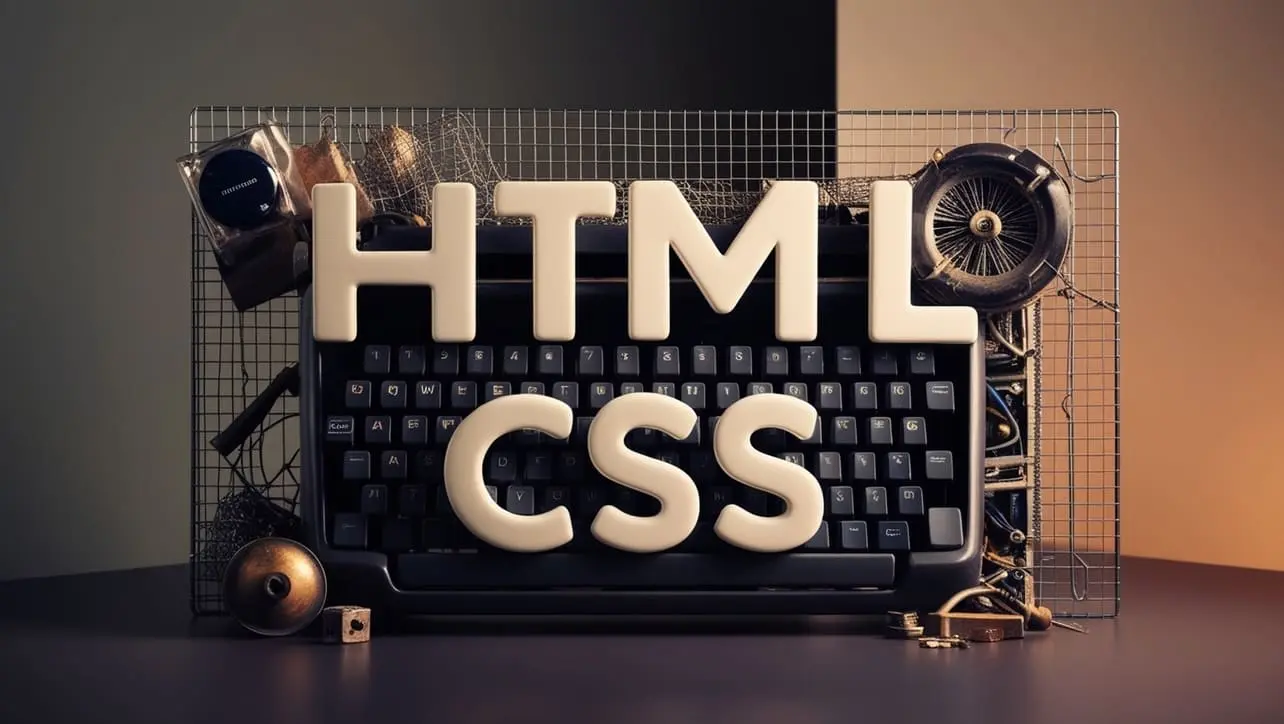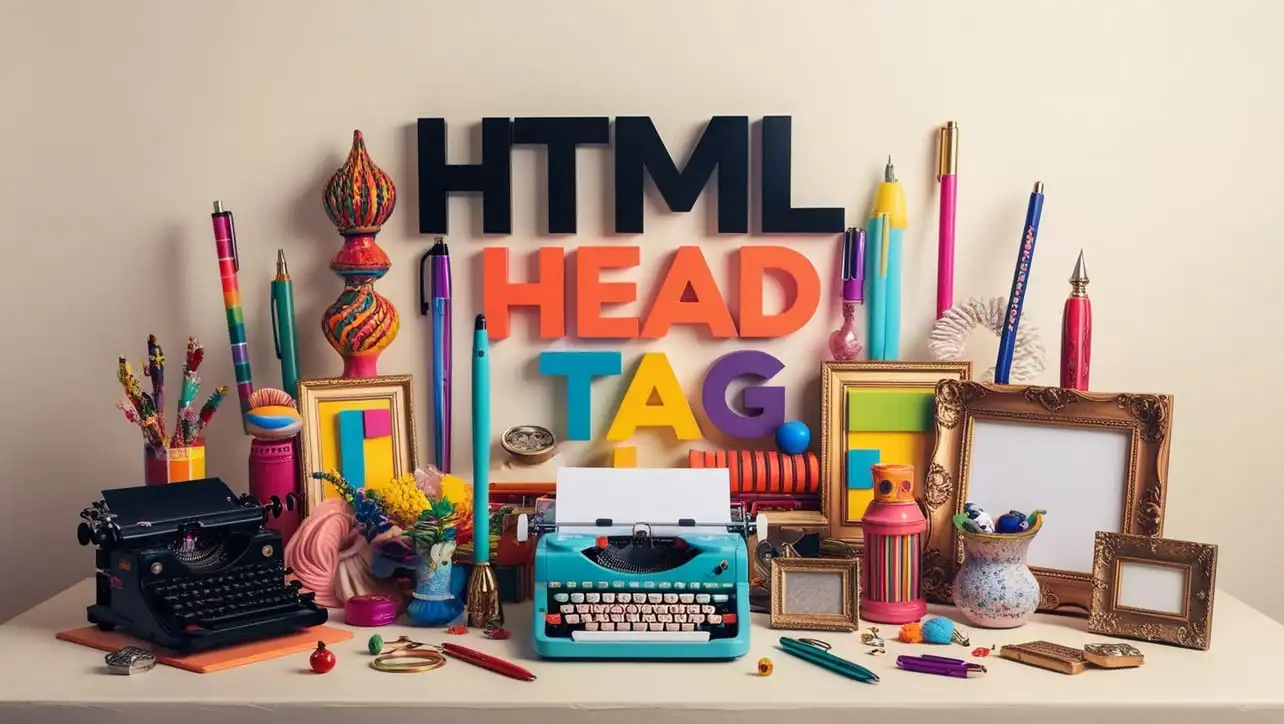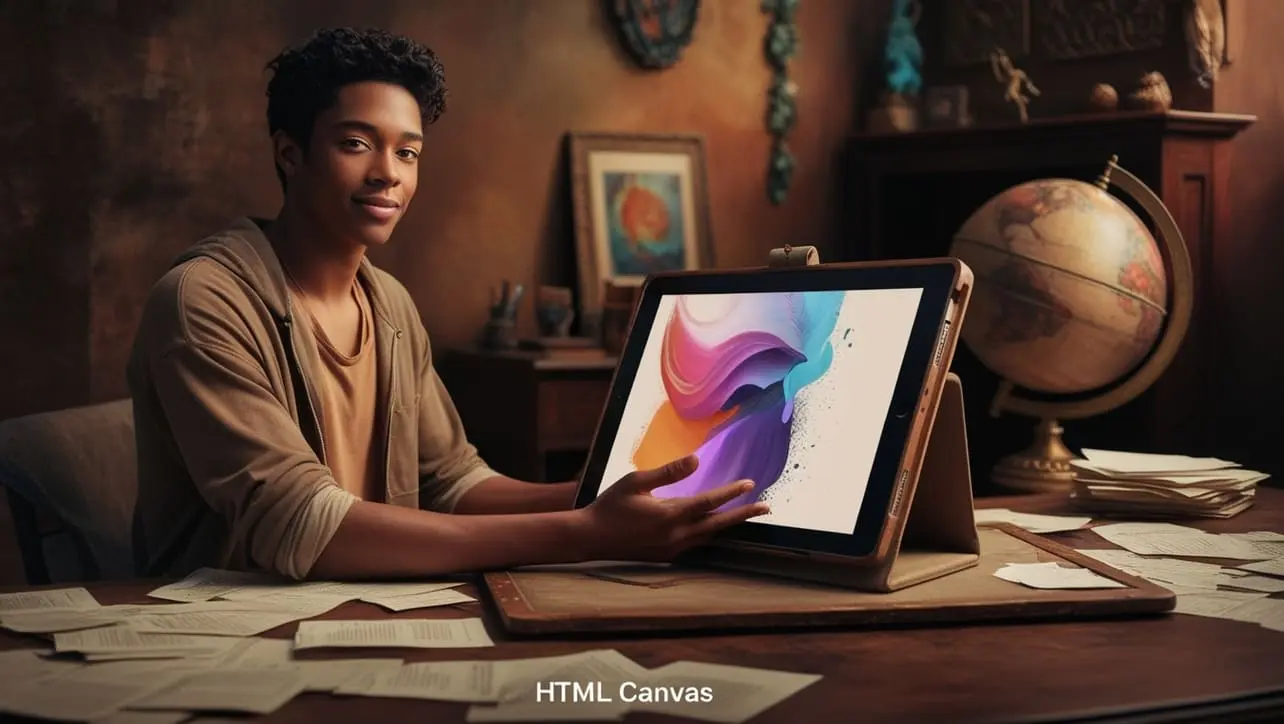
HTML Topics
- HTML Intro
- HTML Basic
- HTML Editors
- HTML CSS
- HTML Tags
- HTML Deprecated Tags
- HTML Events
- HTML Event Attributes
- HTML Global Attributes
- HTML Attributes
- HTML Comments
- HTML Entity
- HTML Head
- HTML Form
- HTML IndexedDB
- HTML Drag & Drop
- HTML Geolocation
- HTML Canvas
- HTML Status Code
- HTML Language Code
- HTML Country Code
- HTML Charset
- MIME Types
HTML Images

Photo Credit to CodeToFun
🙋 Introduction
Images are an integral part of web design, enhancing the visual appeal of a web page and helping to convey information effectively.
HTML provides simple and flexible methods to embed images in web pages.
Understanding the best practices for adding and optimizing images is key to creating visually rich and performance-friendly websites.
📷 The <img> Element
The <img> element in HTML is used to embed images on a web page. It is a self-closing tag and requires the src and alt attributes.
<img src="image.jpg" alt="A descriptive text about the image">- src: The URL of the image file.
- alt: A brief description of the image, used for accessibility and displayed if the image fails to load.
🌄 Image Formats
HTML supports various image formats. Choosing the right format depends on the type of image and its intended use:
- JPEG (.jpg/.jpeg): Best for photos and images with many colors.
- PNG (.png): Ideal for images with transparency or images that need to retain quality.
- GIF (.gif): Suitable for simple animations and low-color images.
- SVG (.svg): Scalable Vector Graphics for logos and icons that require scaling without loss of quality.
- WebP (.webp): A modern format that offers superior compression, often with smaller file sizes.
⚙️ Setting Image Attributes
In addition to the src and alt attributes, there are other useful attributes for controlling the appearance of images:
width and height:
Set the dimensions of the image (in pixels or percentages).
HTMLCopied<img src="image.jpg" alt="A descriptive text" width="300" height="200">title:
Provides additional information when hovering over the image.
HTMLCopied<img src="image.jpg" alt="A descriptive text" title="Tooltip text">loading:
Use
loading="lazy"to defer loading of off-screen images.HTMLCopied<img src="image.jpg" alt="A descriptive text" loading="lazy">
🖼️ Responsive Images
To ensure that images display correctly on various devices and screen sizes, HTML provides several methods for handling responsive images:
<picture> element:
Allows you to specify different image sources for different conditions, such as screen resolution or device type.
HTMLCopied<picture></picture> <source srcset="image-small.jpg" media="(max-width: 600px)"> <source srcset="image-large.jpg" media="(min-width: 601px)"> <img src="image-default.jpg" alt="A descriptive text"> </picture>srcset and sizes attributes:
Define multiple image resolutions to serve based on the user's screen size or resolution.
HTMLCopied<img src="image-default.jpg" srcset="image-small.jpg 600w, image-large.jpg 1200w" sizes="(max-width: 600px) 100vw, 50vw" alt="A descriptive text">
⚡ Optimizing Images for Performance
Images can significantly impact the loading time of a webpage, so optimizing them is crucial for performance:
- Compress images: Use image compression tools like TinyPNG or ImageOptim to reduce file sizes without sacrificing quality.
- Use WebP: Consider converting images to WebP format for better compression.
- Lazy loading: Load images only when they are about to enter the viewport using the
loading="lazy"attribute.
🧑🦽 Accessibility and Images
To make images accessible to all users, including those with visual impairments, follow these guidelines:
- Always provide meaningful
alttext for images. If the image is purely decorative, use an emptyaltattribute (alt=""). - Use the <figure> and <figcaption> elements to provide captions for complex images.
<figure></figure>
<img src="chart.jpg" alt="Sales chart for Q1">
<figcaption>Figure 1: A sales chart showing growth in Q1.</figcaption>
</figure>⚠️ Common Pitfalls
- Missing alt text: Always include
altattributes for better accessibility and SEO. - Overusing large images: Avoid using large images where smaller ones suffice, as it can negatively impact performance.
- Improper aspect ratio: Ensure the
widthandheightattributes maintain the correct aspect ratio to avoid distortion.
📝 Example
Here’s a complete example showcasing different types of images with proper attributes:
<!DOCTYPE html>
<html lang="en">
<head>
<meta charset="UTF-8">
<meta name="viewport" content="width=device-width, initial-scale=1.0">
<title>HTML Images Example</title>
</head>
<body>
<h1>HTML Images Example</h1>
<!-- Basic Image -->
<img src="photo.jpg" alt="A beautiful landscape" width="400">
<!-- Picture Element for Responsive Images -->
<picture>
<source srcset="photo-small.jpg" media="(max-width: 600px)">
<source srcset="photo-large.jpg" media="(min-width: 601px)">
<img src="photo.jpg" alt="A beautiful landscape">
</picture>
<!-- Image with Figure and Caption -->
<figure>
<img src="chart.jpg" alt="Sales chart">
<figcaption>Figure 1: Sales growth in Q1.</figcaption>
</figure>
<!-- Lazy Loading Image -->
<img src="large-image.jpg" alt="A high-resolution image" loading="lazy">
</body>
</html>🎉 Conclusion
Using images effectively in HTML is key to creating visually appealing and accessible web pages. By understanding the different image formats, attributes, and optimization techniques, you can ensure that your images enhance both the functionality and performance of your website.
👨💻 Join our Community:
Author

For over eight years, I worked as a full-stack web developer. Now, I have chosen my profession as a full-time blogger at codetofun.com.
Buy me a coffee to make codetofun.com free for everyone.
Buy me a Coffee












If you have any doubts regarding this article (HTML Images), please comment here. I will help you immediately.